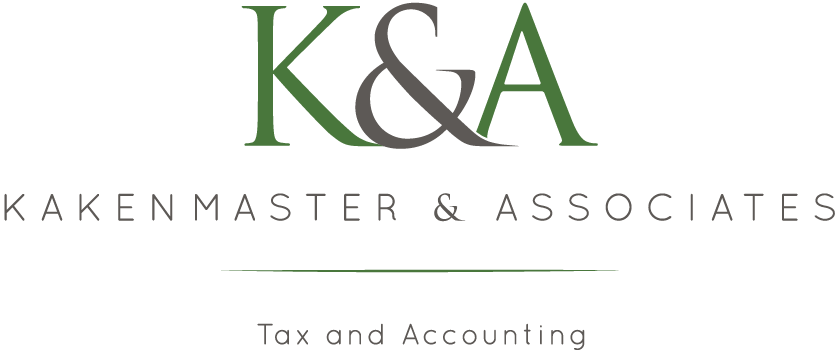Did you know that you can generally contribute to your health savings account (HSA) for the tax year 2023 up to April 15, 2024? The HSA contribution limits for 2023 are $3,850 for self-only coverage, and up to $7,750 for family coverage. If you are 55 or older, you can contribute an additional $1,000 as a catch-up contribution. If you have a traditional IRA, you have until April 15, 2024, to contribute the maximum amount of $6,500, plus an additional $1,000 more if you are 50 or older. Please note that you may have to pay a 6% excise tax if you make excess contributions to your traditional IRA or Roth IRA account.
Begin 2024 by adjusting your contributions to take advantage of the increased contribution limits for retirement plans in 2024. The contribution limits for traditional IRAs and Roth IRAs increased to $7,000, plus an additional $1,000 catch-up contribution for those 50 and older.
The 401(k)-contribution limit for 2024 is $23,000 for employee contributions, and $69,000 for the combined employee and employer contributions. If you’re age 50 or older, you’re eligible for an additional $7,500 in catch-up contributions, raising your employee contribution limit to $30,500. Those making $145,000 or more will have to put their catch-up dollars in a Roth 401(k)—which means those contributions will be after-tax, though their withdrawals in retirement will be tax-free. For SIMPLE plans, employers can make nonelective contributions up to 10% of compensation, not to exceed $5,000 to a SIMPLE IRA plan or a SIMPLE 401(k) plan.

